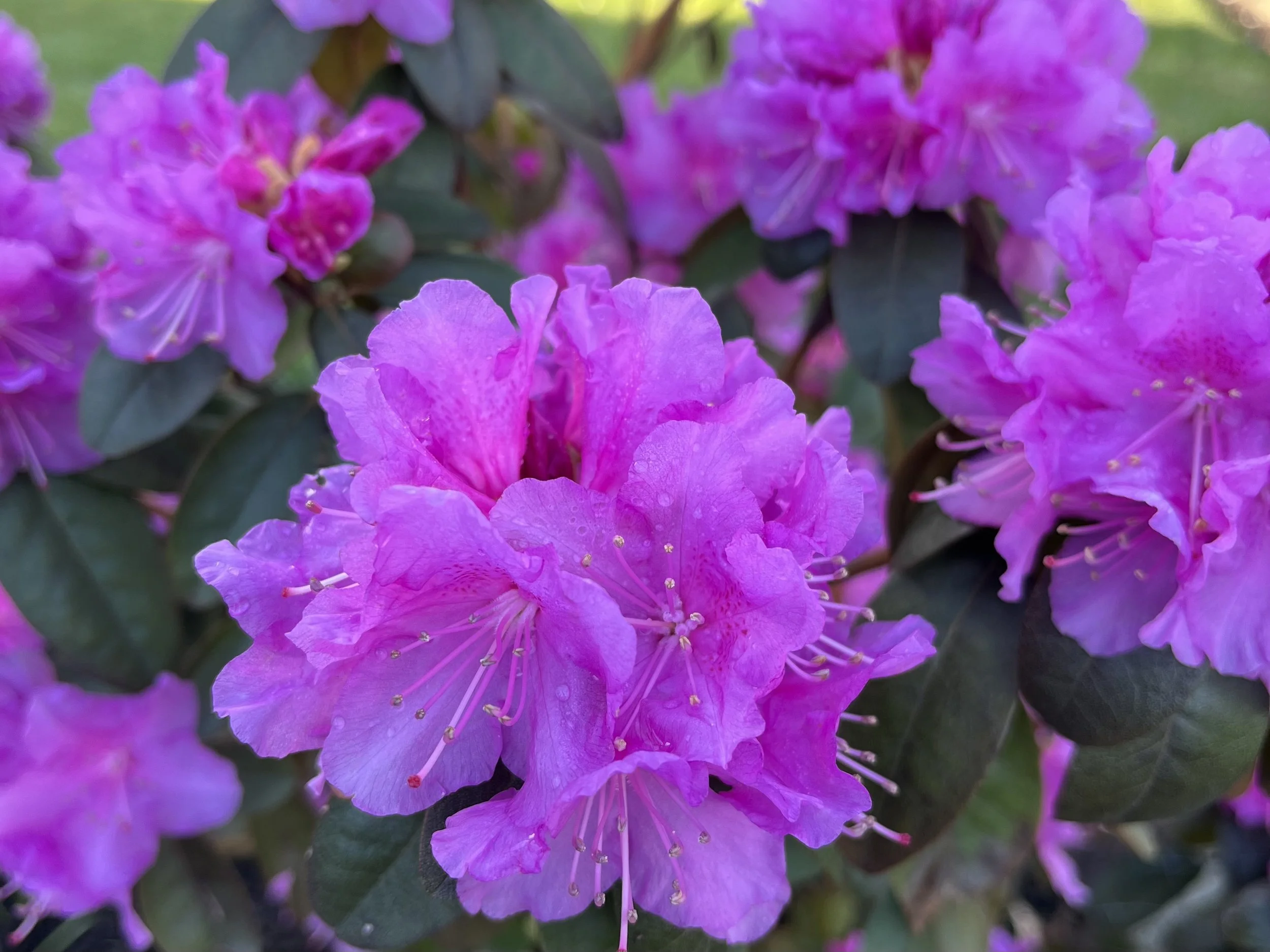HOPEFUL BY DESIGN
Hope emboldens the heart to be active, it is a condition, a mood, an aura of being. It is a feat of the imagination, both courageous and ingenious, a vitality that inspires us to take innovative action to defend the world. Hope is essential to our survival and our flourishing (Nick Cave, The Red Hand Files).
You’re not alone
You’re not alone if the weight of everything has been chipping away at your sense of hopefulness lately. On an especially overwhelming day recently, I decided to do a bit of a deep dive inquiry into ‘hope’. I wanted to know what hope is, why it matters, and whether we can cultivate it, even if we’re feeling despairing. What I learned surprised me: we can build hopefulness, even from a place of despair, and hope will be our greatest ally as we navigate these difficult times.
Hope matters
Our survival, resilience, and flourishing, personally and collectively, originate with and rely upon hopefulness. Ecologists and environmentalists like David Orr and Joanna Macy understood the importance of hope as the foundation of our collective action and motivation. Like them, many other environmental and social justice activists know the risk of hopelessness is despair leading to inaction. The brilliant Nick Cave learned through his own despair that hope is ‘essential to our survival and our flourishing’. Through his exposure to extreme suffering, the renowned holocaust survivor, writer, and psychotherapist, Viktor Frankl, learned that hope is crucial for human resilience and survival.
Hope is an action
‘Hope is a verb with its sleeves rolled up. Hopeful people are actively engaged in defying or changing the odds. Optimism leans back, puts its feel up, and wears a confident look, knowing the deck is stacked’ (David Orr, ecologist).
Hope is not an emotion or a belief; hope is an action. As David Orr says, ‘hope is a verb with its sleeves rolled up’. Unlike hopelessness that says a good outcome won’t happen, or optimism that says a good outcome will happen, hope says a good outcome could happen - if action is taken to help it along. Optimism sits back with its feet up, believing things will work out with no need for action or effort, while hope gets to work. Hope doesn’t ignore problems or pretend everything is fine. Hope says things might not be great now, but we can envision and build a better future.
If you’re feeling hopeless
If you’re feeling especially hopeless or despairing, the effort needed to work toward a goal or cultivate hopefulness can feel overwhelming. If your sense of hope is elusive, you might want to start with these practices first.
Social Savouring
Our sense of hope can be heightened through moments of awe and wonder. These happen in a range of circumstances, but research has found that we are most likely to experience awe, and therefore hopefulness, through acts of moral beauty. These occur in moments of exceptional compassion, courage, and kindness, motivated by a goodness of intention and action. We can elevate our sense of hope by looking for and paying attention to moral beauty. When we witness and savour these beautiful moments, we feel more hopeful.
Action Taking
There’s an idea in Acceptance and Commitment Therapy that says, ‘we live life from the feet up’. This means that when we’re feeling hopeless or despairing, we need to first move toward what we value, and a change in our feelings and beliefs will then follow. Through the forward movement of our actions, our thoughts and feelings will shift. Even taking a small step in the direction of cultivating hope can lead us on the path of an upward spiral of well-being.
Cultivating hope
The few steps below can help you cultivate and maintain hopefulness. The more you practice this, the more hopeful you will become ~ hope begets hope. Grab a journal and give this practice a try:
1. Start where you are
Begin by acknowledging how you are feeling and what is true for you. Remember that hope doesn’t pretend things are different than they are. Start your hopeful journey with an acceptance of where you are at this time.
(Tip: ‘name it to tame it’ ~ using language to name your feelings activates your prefrontal cortex which draws energy away from your limbic system. This will help to settle and subdue overwhelming feelings and prepare you to begin generating ideas and finding solutions).
Prompt: How are you feeling? What is true for you at this time?
2. Goals
From where you are right now, what are you hoping for? Start with a small and manageable goal. What can you imagine or envision that is within your capacity to act on? While you may have a broad and overarching ‘sphere of concern’, focus on where you are able to act ~ this is your ‘sphere of influence’. Hope allows you to reimagine what is possible with the awareness that what you are hoping for could happen with action and effort.
Prompt: What are you hoping for?
3. Pathways thinking
With a mindset of curiousity, reflect on the steps that you can take to act on your goal. What can you do to begin moving from where you are at present to your desired future? Imagine yourself moving in a hopeful direction and then take the first step on that path.
Prompt: What steps can you take to begin working toward your goal?
4. Agency
Do you have the motivation and capacity to follow the pathway you have envisioned? Agency is the belief in your ability to act on your goals and work toward what you are hoping for. It encompasses whatever is propelling you into action as you move forward.
Prompt: What is motivating you to work toward this goal and act upon what you are hoping for?
Much love, as always,
Heather, Hope Practitioner


